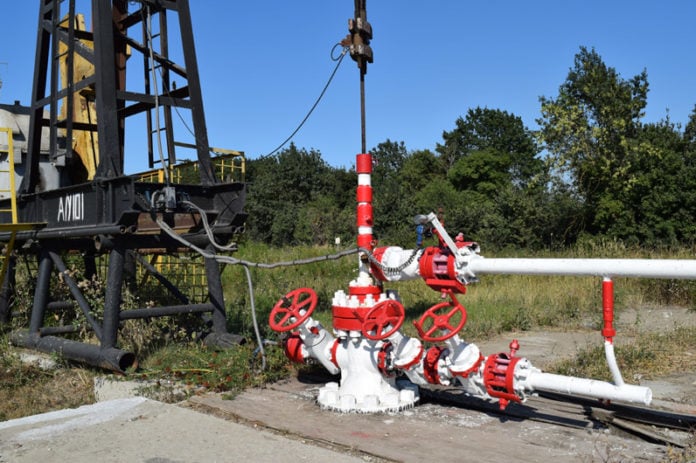Packers are downhole devices used in various intervention and production operations to create isolation between the tubing and the casing.
These devices have a small diameter when they are run in a hole but later when the target depth is reached they expand and push against the casing to provide isolation.
Production packers are used to secure production tubing in the well and to provide isolation to the tubing/casing annulus after the well is drilled and stimulated.
By preventing well fluids from contacting the casing and causing corrosion, its life can be extended.
It is usually much easier to replace production tubing than to fix damaged casing.
Packers are also often used for various well completion operations such as fracturing, acidizing, or cementing.
In these applications, the packer is usually run in a hole as a part of the bottom hole assembly.
After the operation is completed (for example the zone is fractured) the packer is unset and the tool can be moved to the next zone.
Related: What is Casing in Oil and Gas Drilling?
What are the Main Components of the Packer?
- Mandrel – the body of the packer
- Slips – used to grip against the internal diameter (ID) of the casing and prevent the packer from moving.
- Packing-element – usually rubber element that provides isolation. This element expands when the packer reaches the desired depth and is set.
- Cone – element that pushes against the slips when an external force is applied.
- Lock ring – prevents the packer from unsetting when an external force is removed.
Types of Packers
Packers are divided into two main types: permanent and retrievable.
Permanent packers are used in operations that don’t require immediate packer removal.
They provide better sealing than retrievable packers and are usually cheaper.
If required, permanent packers can be removed by milling with coiled tubing.
Usually, in high-temperature and high-pressure wells, permanent packers are preferred.
Retrievable packers can be easily removed and reused again by applying an external force on them.
They are often used for well-intervention operations where specific zones have to be isolated multiple times during the operation.
Related: How Coiled Tubing Milling Operations Are Performed?
How Packers are Set in the Well?
The packers used for intervention work are usually run in the well with the help of coiled tubing.
The production packers are run in the well as a part of the production string or on a wireline.
There are three main ways to set the packer in the well: mechanically, hydraulically, and electrically.
Mechanically activated packers are set by applying the force or rotation to the top of the element with a tubing string.
Hydraulically activated packers are set by applying pressure that pushes the cone against the slips in the packer and expands the packing element.
Usually, there is some type of locking mechanism that prevents the packer from unsetting after the pressure is removed.
There are also packers that are set with an electrical charge that is sent downhole using a wireline.
The other type is inflatable packers that expand when fluid under pressure is pumped into the well.
In some applications, cement packers are used. This is done by pumping a cement pill between the tubing and the casing.
After cement cures, it usually slightly expands and provides the required isolation.
Lastly, there are swellable packers.
These packers are made from special materials that expand when they come into contact with formation fluids. These packers can be useful on wells with high water cuts.
Read next: What Are Bridge Plugs In Oil And Gas?
